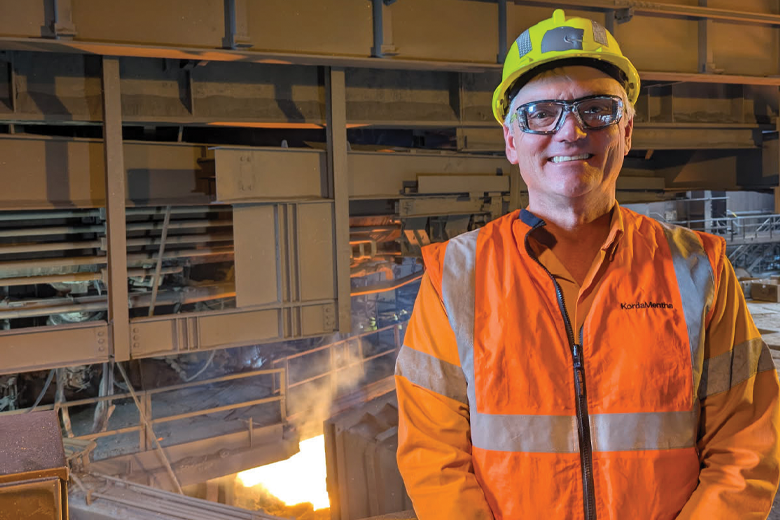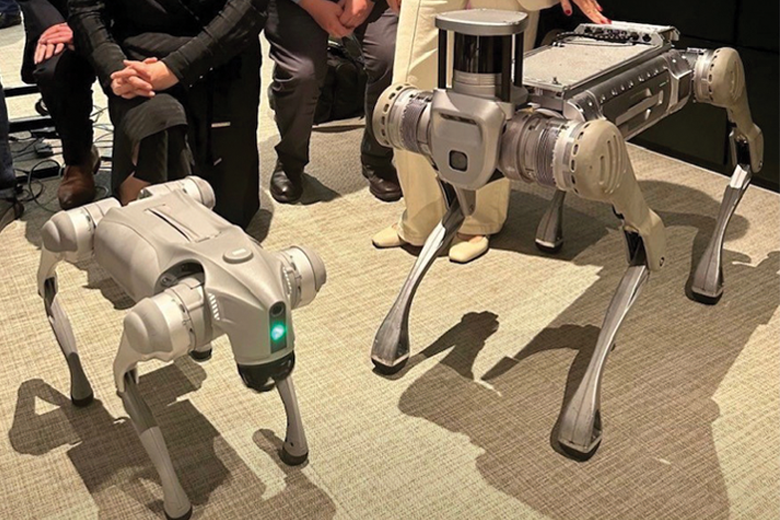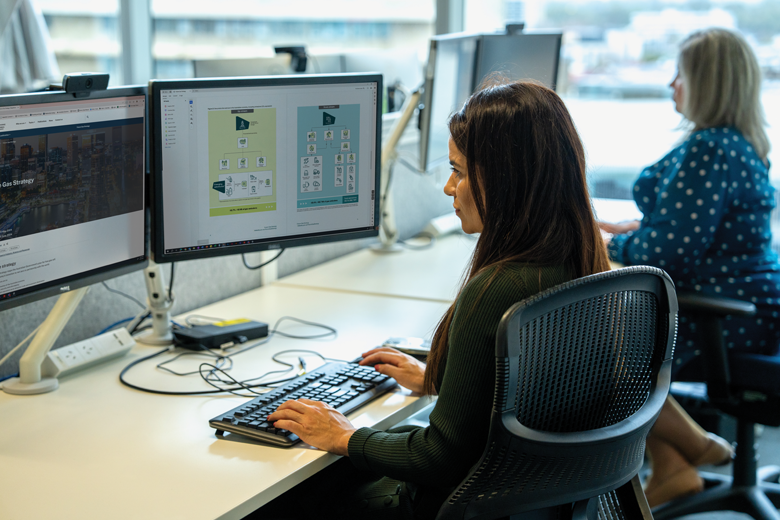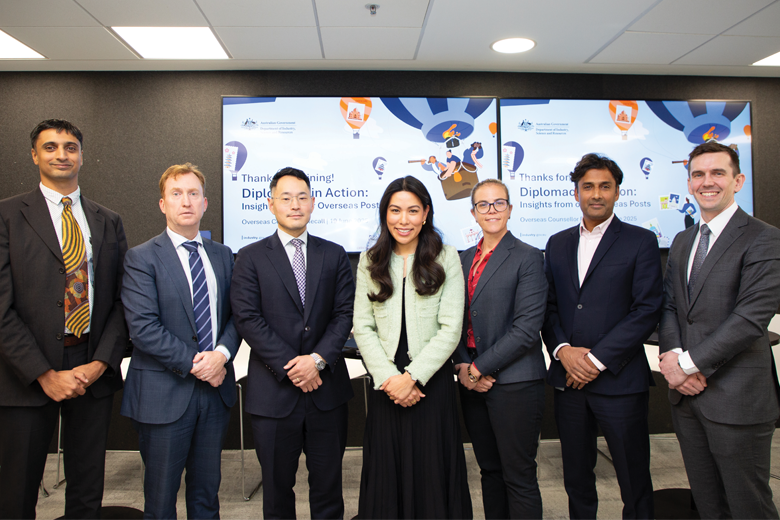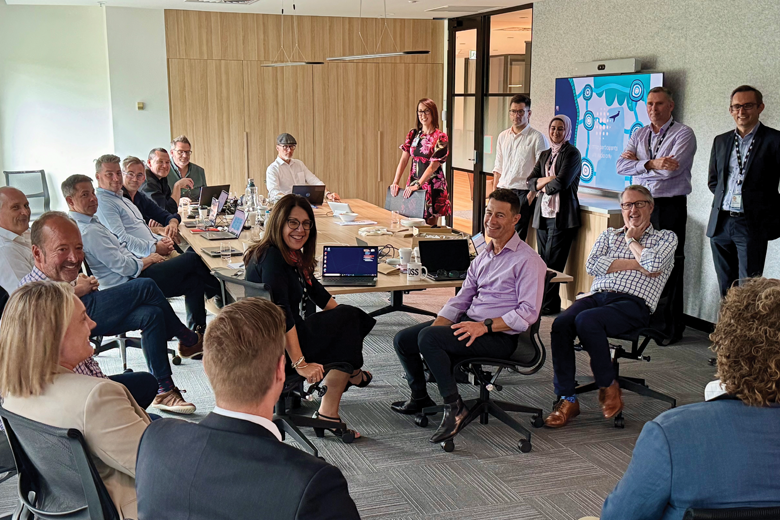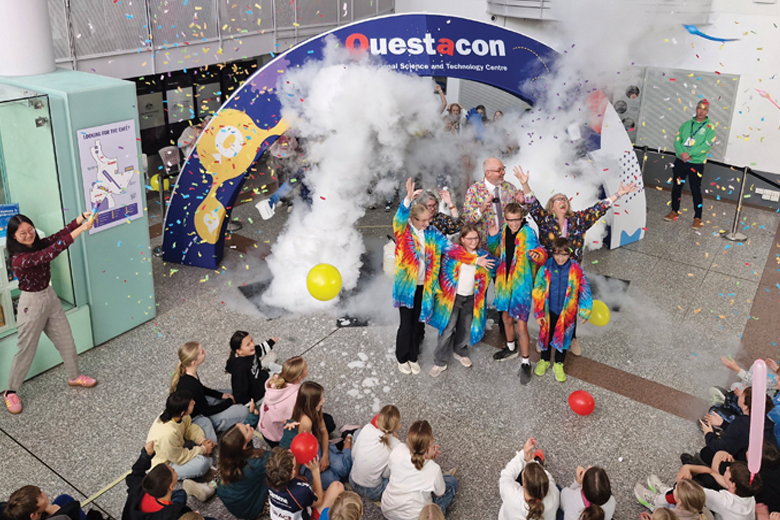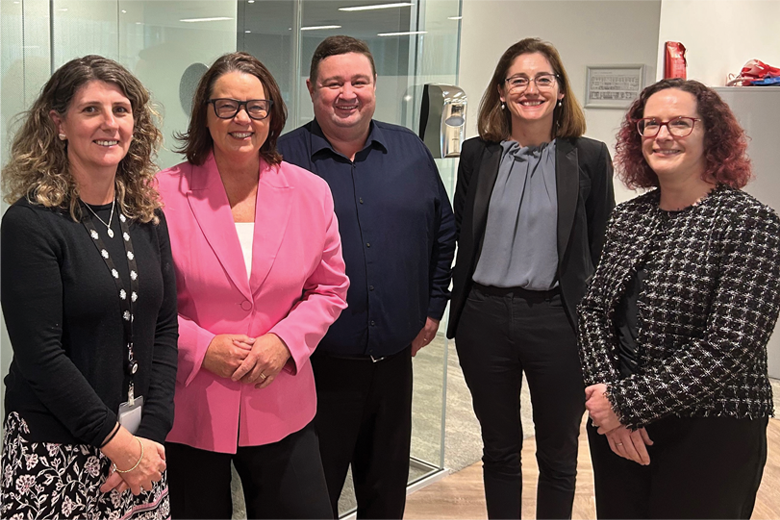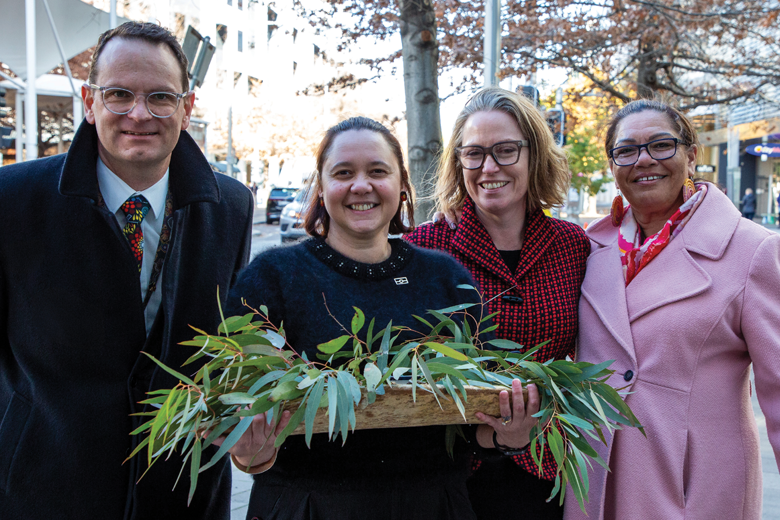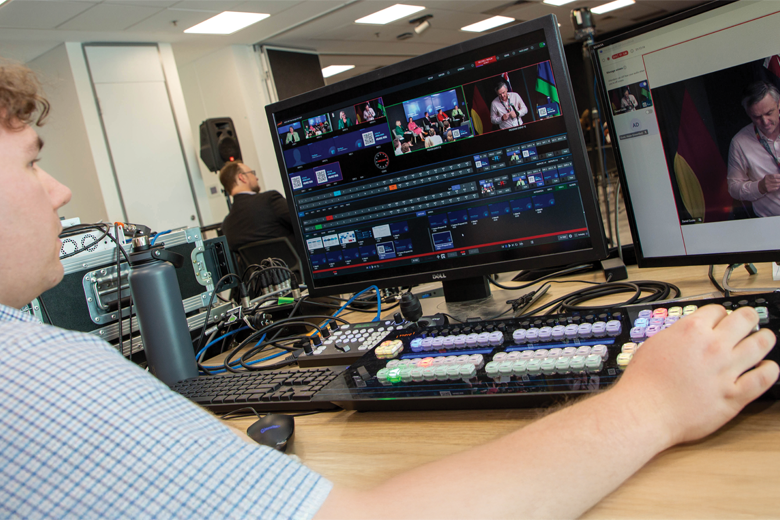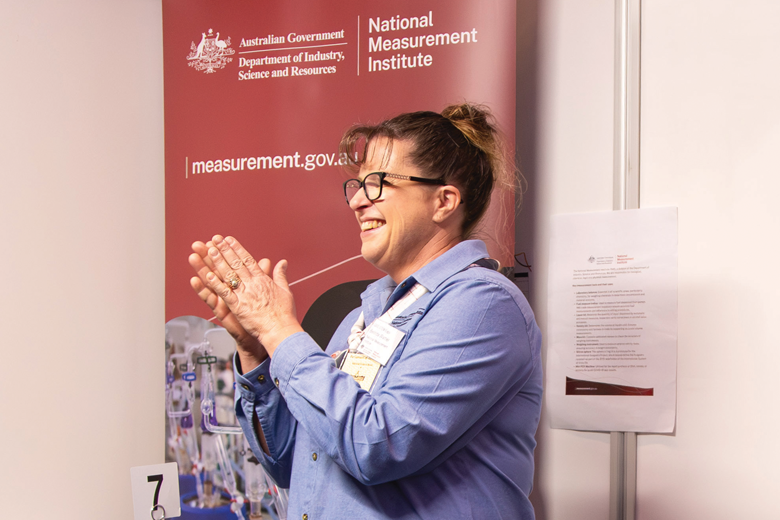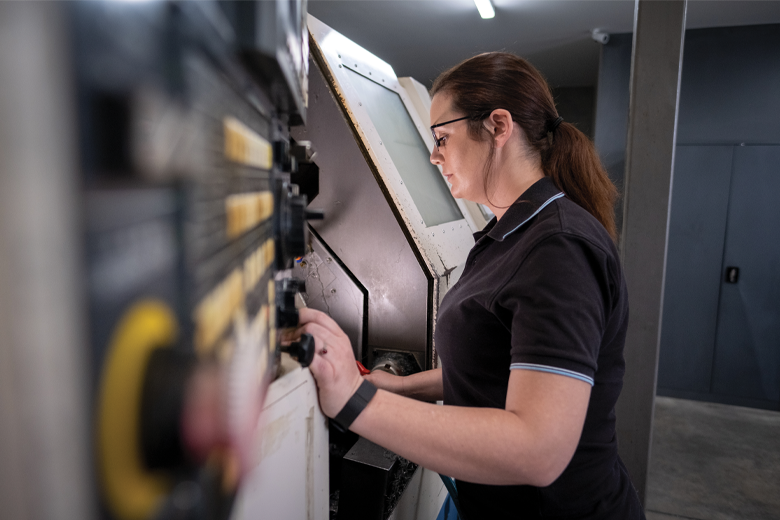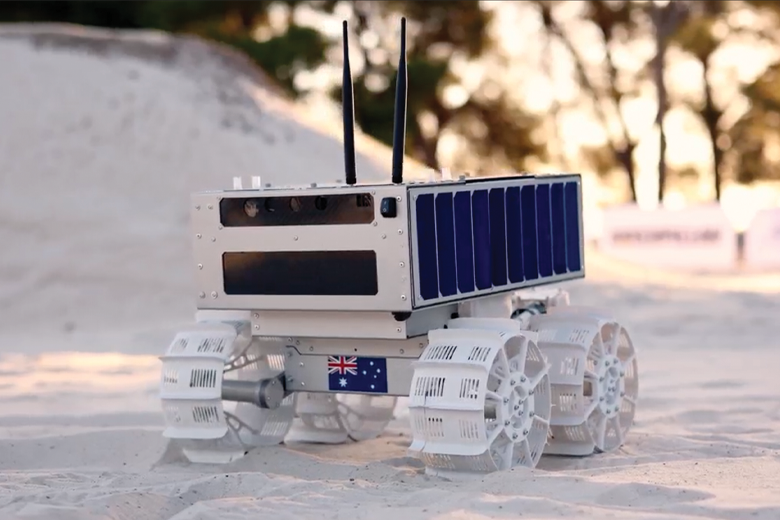Rapid scientific and technological advancement
Science and technology underpin the development of new businesses and industries and enable those existing to innovate and grow.
The opportunities to boost productivity, grow wages and uplift living standards by accelerating the adoption of AI are significant. We will support the government and industry to capture the opportunities of AI, support sensible transitions and appropriately mitigate risks where possible. Our National AI Centre (NAIC) guides and supports industry to adopt AI that is fit-for-purpose and collaboratively designed in partnership with stakeholders. NAIC’s goal is to build Australia’s confidence and leadership in AI adoption and innovation.
The National Science Statement and the National Science and Research Priorities provide a long-term vision for Australian science. They will support First Nations Peoples’ knowledge together with broader science systems and help to align effort and investment to deliver greater benefits to Australia. We are also seeking, through a strategic examination of the research and development (R&D) system, to maximise the impact of R&D on Australia’s long-term productivity and prosperity. Led by an independent expert panel, the examination will explore how Australia can strengthen the R&D system and reignite further investment to reverse the decline in business R&D investment.
Safeguarding Australia’s scientific and technological advancement to maintain our competitive edge continues to be a priority. We will support the government to create an environment that develops Australian know-how and harnesses investments in science and technology to improve the lives of Australians and grow technology-related jobs to 1.2 million by 2030.
Through the Cooperative Research Centres Program we are supporting collaborative research partnerships between industry and research organisations to address industry research and development needs. The program harnesses industry-research collaboration to develop, translate and commercialise industry innovations (particularly for small and medium-sized businesses) in line with government priorities.
Critical technologies like AI, quantum and robotics will shape the future economic and geopolitical landscape. We are providing targeted support to technologies that make the most of Australia’s potential and deliver solutions to real-world problems for commercial and societal gain.
We are implementing the National Quantum Strategy to build on and extend Australia’s strengths in quantum technologies, including by supporting the government’s investments in PsiQuantum and Silicon Quantum Computing. We are supporting the government’s investment to establish Quantum Australia, a national centre to foster collaboration and raise awareness of quantum technology. We continue to administer the Critical Technologies Challenge Program, which provides grant funding to projects using quantum technology to solve national challenges.
We are engaging all Australians in STEM, to grow a thriving, skilled and diverse STEM workforce. Programs that attract and retain women and other under-represented cohorts in STEM education and jobs help to break down systemic barriers to participation. In this way, we can help build the pipeline of STEM skills and the workforce our economy needs.
We are encouraging STEM education and career pathways for Australians through Questacon, the National Science and Technology Centre. Questacon delivers inclusive and diverse national programs, digital activities, interactive exhibits and facilities relating to Australian science, technology and innovation.
We support Australia’s Chief Scientist and the National Science and Technology Council to provide authoritative, independent advice on whole-of-government science, research, technology and innovation priorities. To do so, we work with the science and research community to promote and enable Australia’s world-leading scientific research.
Our international engagement is building partnerships that showcase Australian knowledge and increase access to international science and technology developments. We are working with Australian and international organisations to establish trusted technology frameworks and shape the global standards and ethics that will guide the development of safe and trusted technologies.
To support Australia’s high-tech future, we are ensuring there is a regulatory framework for the Australian space sector. This framework will mean that space services, capability and investment are responsible and support the broader economy. We are implementing the Technology Safeguards Agreement with the United States that will create the potential for new space-related commercial opportunities. The ‘Roo-ver’ lunar rover mission is progressing in collaboration with Australian research and industry partners, supporting the growth of Australian critical technology and science capabilities. Construction is also progressing on the Square Kilometre Array, a global project that will expand our understanding of the universe.
We continue to maintain Australia’s sovereign measurement science capabilities through the National Measurement Institute (NMI). NMI’s measurement services and regulation strengthen the international competitiveness of Australian businesses and underpin Australians’ confidence in products and services.




